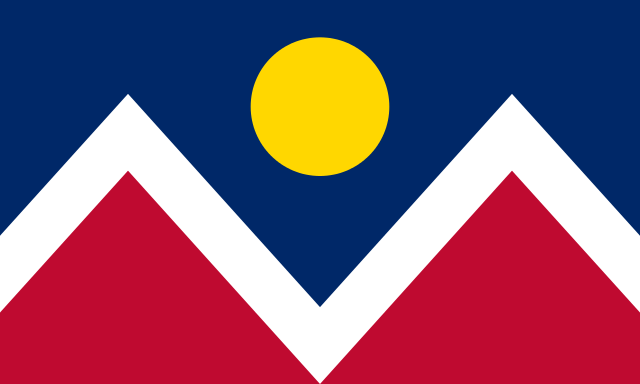Glad to see it. Xeriscaping is something that should have been embraced/required in most of the front range for a very long time.
Doesn’t xeriscaping prevent rain/snowmelt from soaking into the soil and instead send it down the street into storm drains? Installing native plants that don’t require watering could save water, lessen the heat island effect and provide habitat for native species like birds, and butterflies. I don’t live in the area so these are assumptions, how is a xeriscaped yard better than one with native plants?
FTA:
Xeriscaping uses drought-resistant plants, particularly those native to Colorado, like Karl Foerster grasses and Colorado blue spruce, because they are better adapted to thrive under specific conditions.
Gotcha, not just rock or concrete, low water plants as well.
Genuine question: I see lots of stone in the pictures. Isn’t that storing a lot of heat which it releases in the otherwise cooler nights? Sure, the lower night temp. will be stored too and released in the morning, but in my experience it’s mostly the heat
It is functioning as mulch. Lets water in but slows evaporation. Allows air transfer to soil but blocks direct sunlight (to keep the actual soil cooler and help prevent weed establishment). Also usually light color stone is used. That will reflect some heat away during the day.
Thnx! (Sorry, could not find “accept this answer” checkbox ;) )
I suppose, but most nights in Colorado have huge temp swings. For example, I see Denver was 81 today, but going to drop down to 54 by the morning…one thing about the high desert is that the nights tend to be rather cold. Even on extremely hot days, you tend to get some reprieve when the sun goes down.
I’ve lived in/visited other parts of the country where the temperature seems to barely move at night, and it’s still hot as anything even at midnight…
Also, I’m not sure how much rock the typical low water landscaping uses? It might be up to individual discretion as to how much vegetation vs. rock is used…





